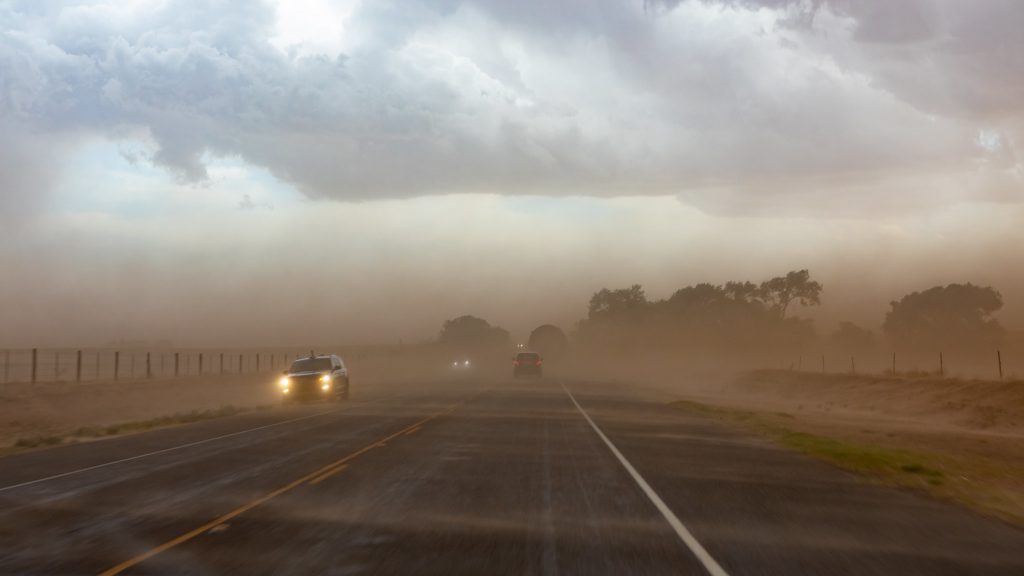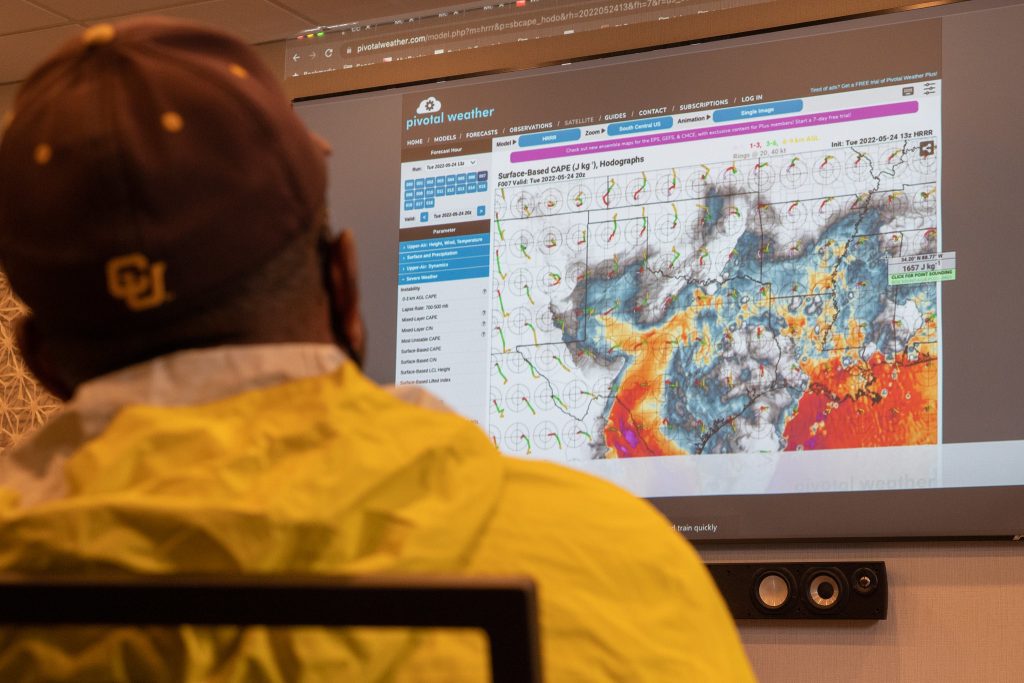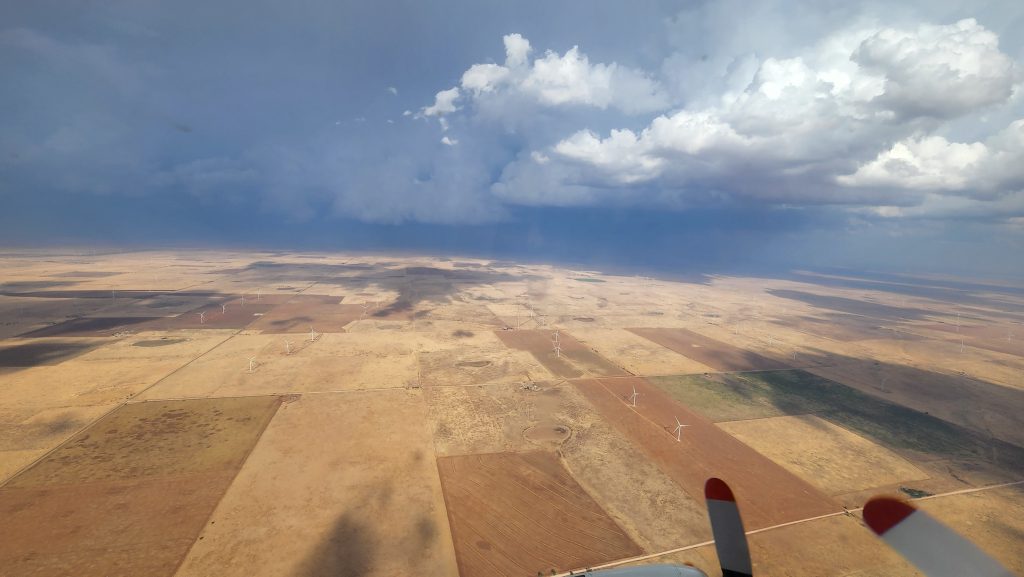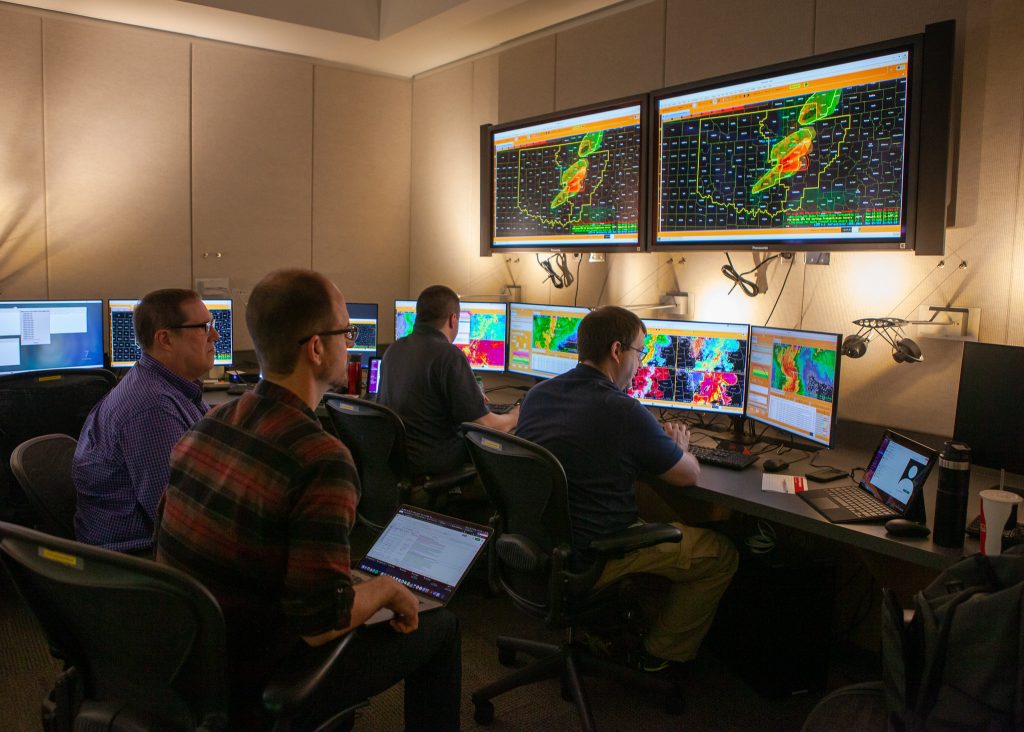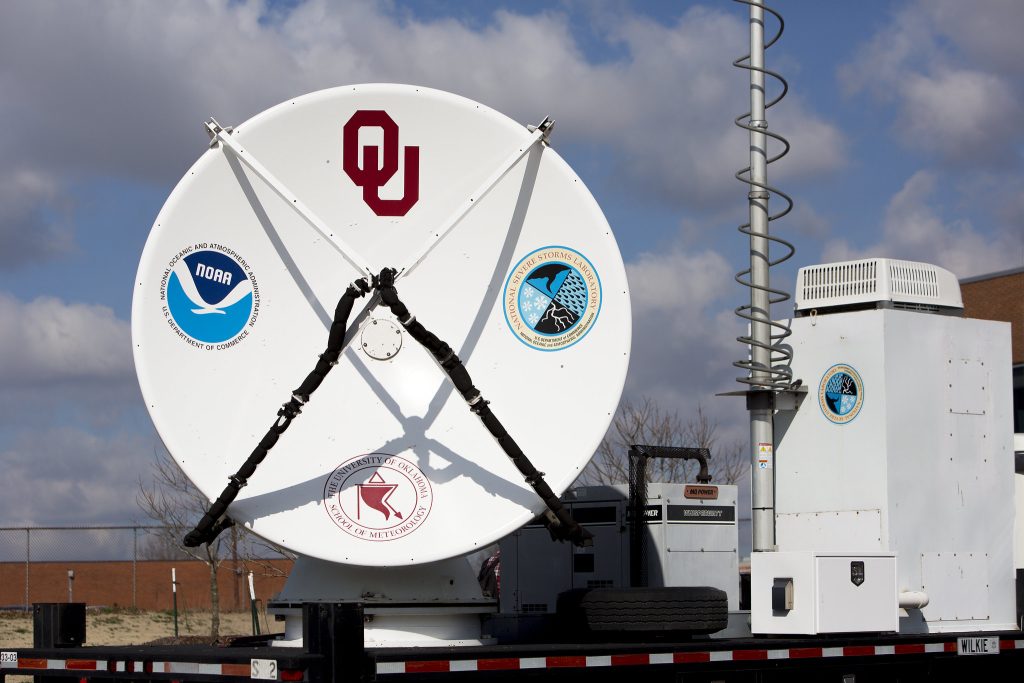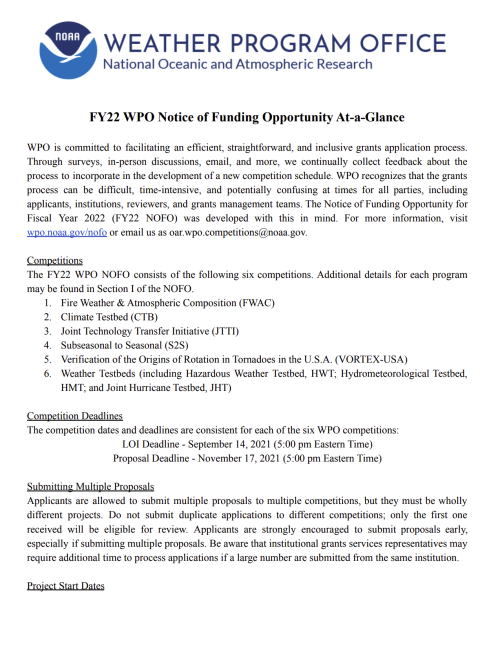NOAA’s Weather Program Office Awards $16.5 Million for Critical Improvements in Weather Forecasting
The Weather Program Office is proud to announce the FY22 Awards for the FY22 Notice of Funding Competition. WPO competitively funds research from across the Weather Enterprise (government, academia, and the private sector) to improve weather prediction. In FY22, WPO focused on soliciting research proposals to improve weather, water, air quality, fire weather, earth-system modeling and observations, and social, behavioral, and economic science applications. The goal of this research is to advance science and technology from the research stage to transitionable outputs, or to prototype products that NOAA or external partners could further develop into practical applications and operations.

